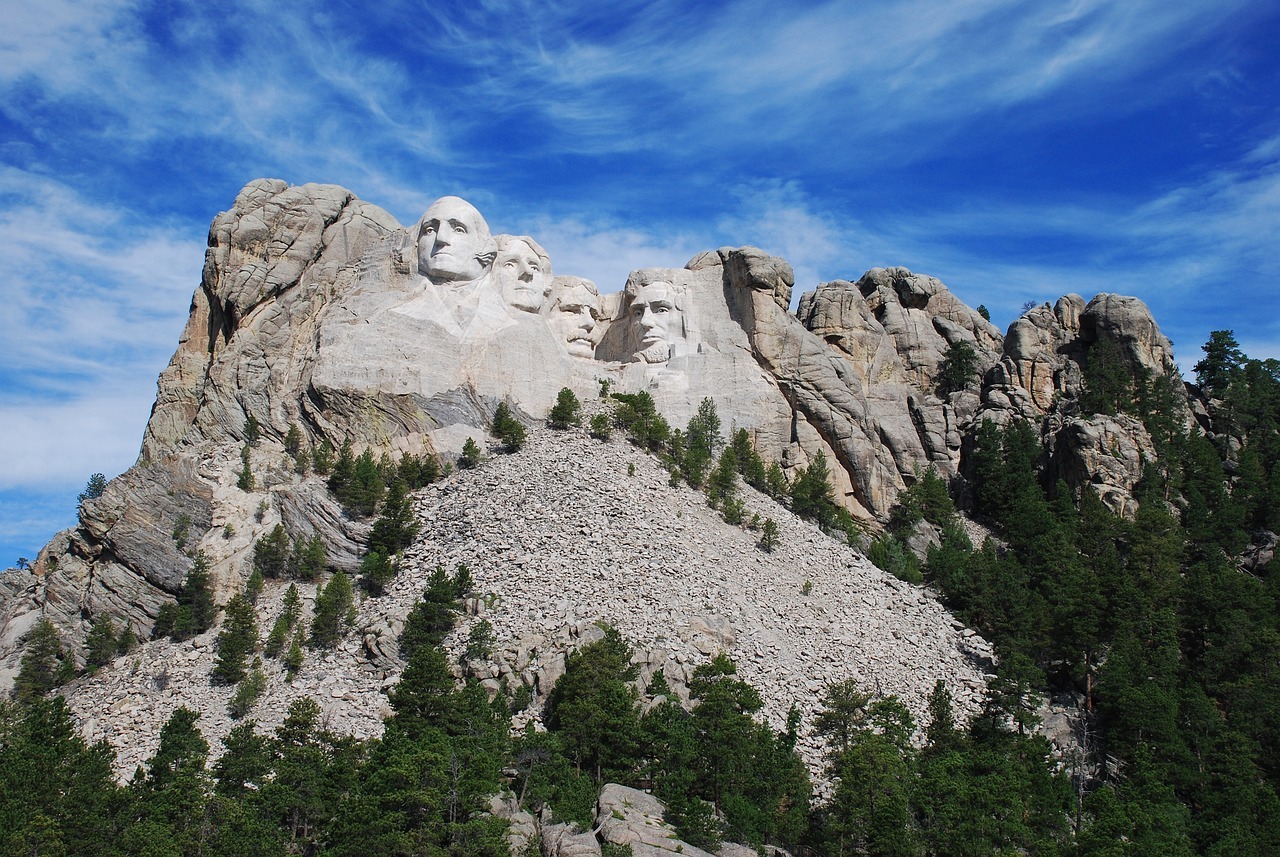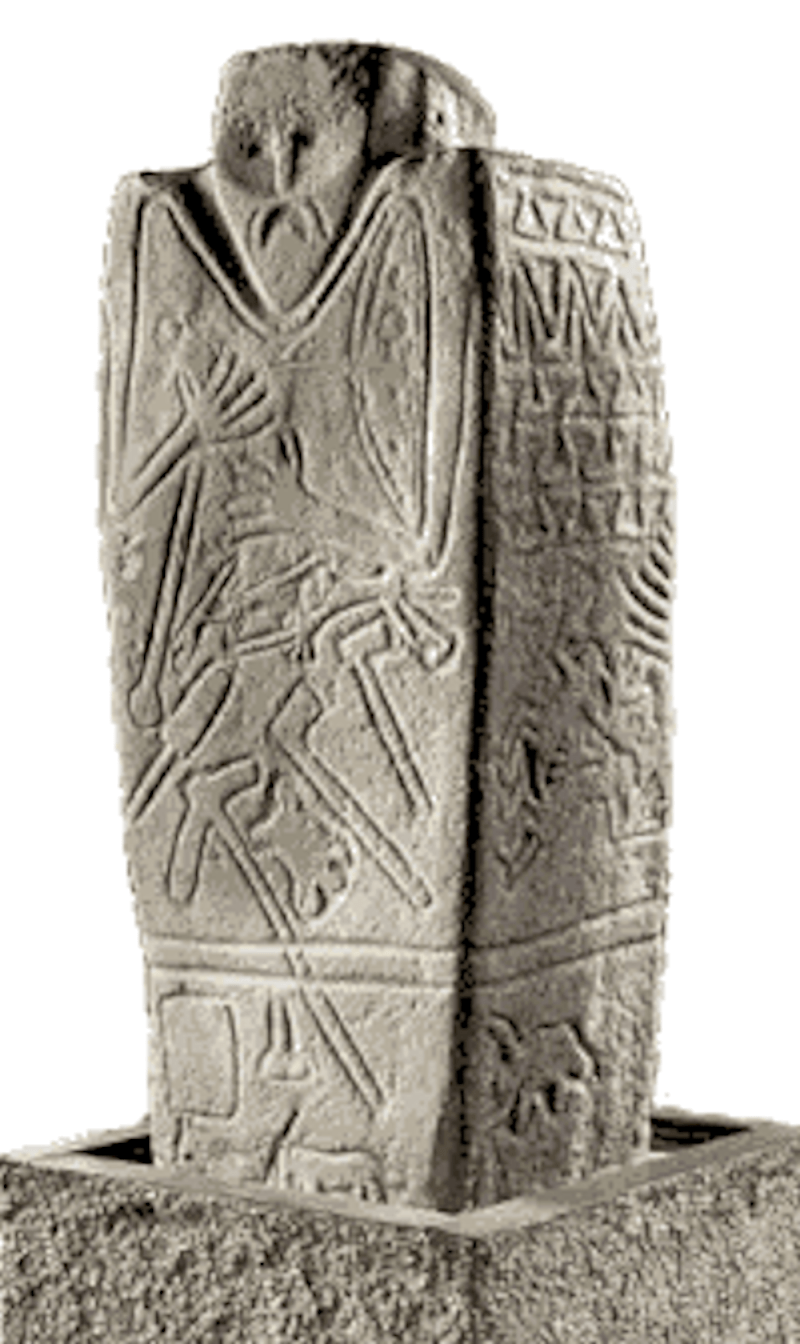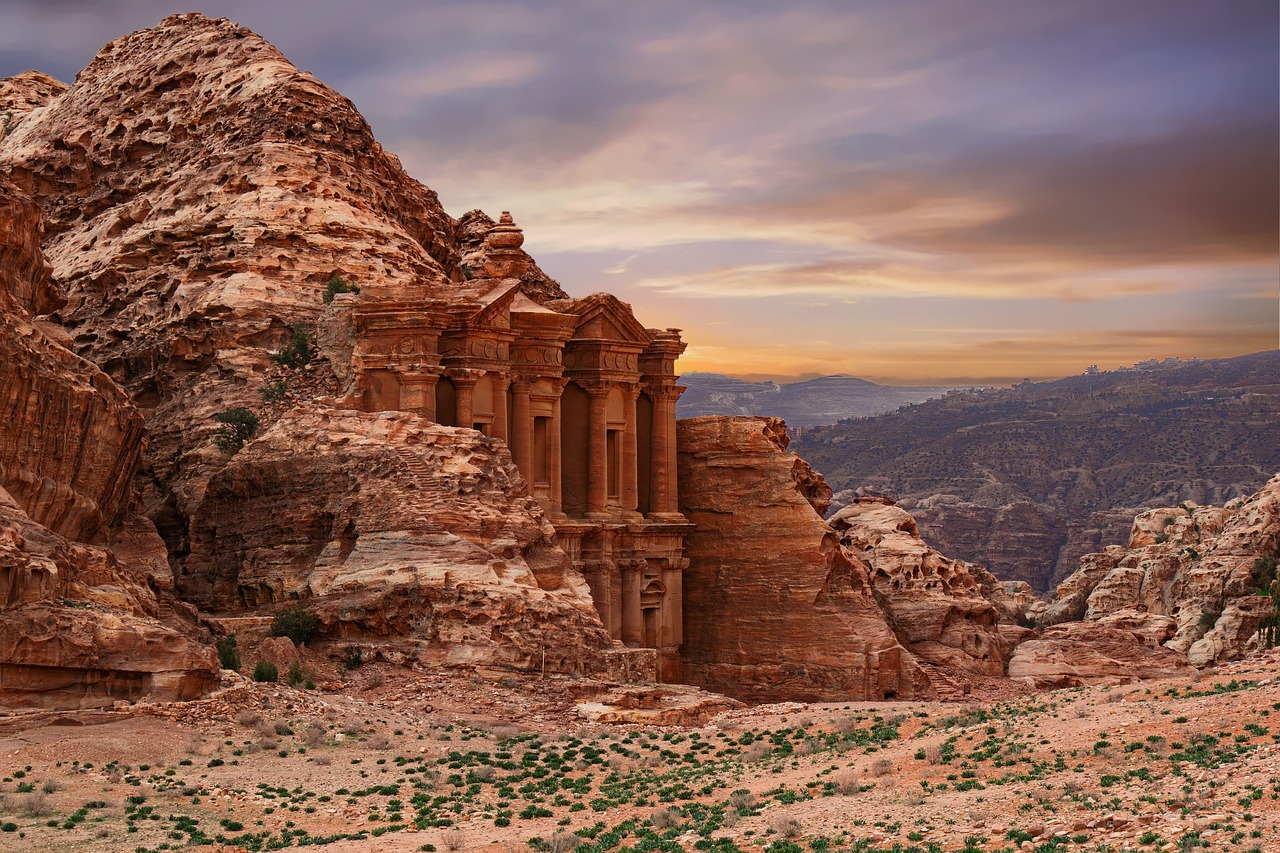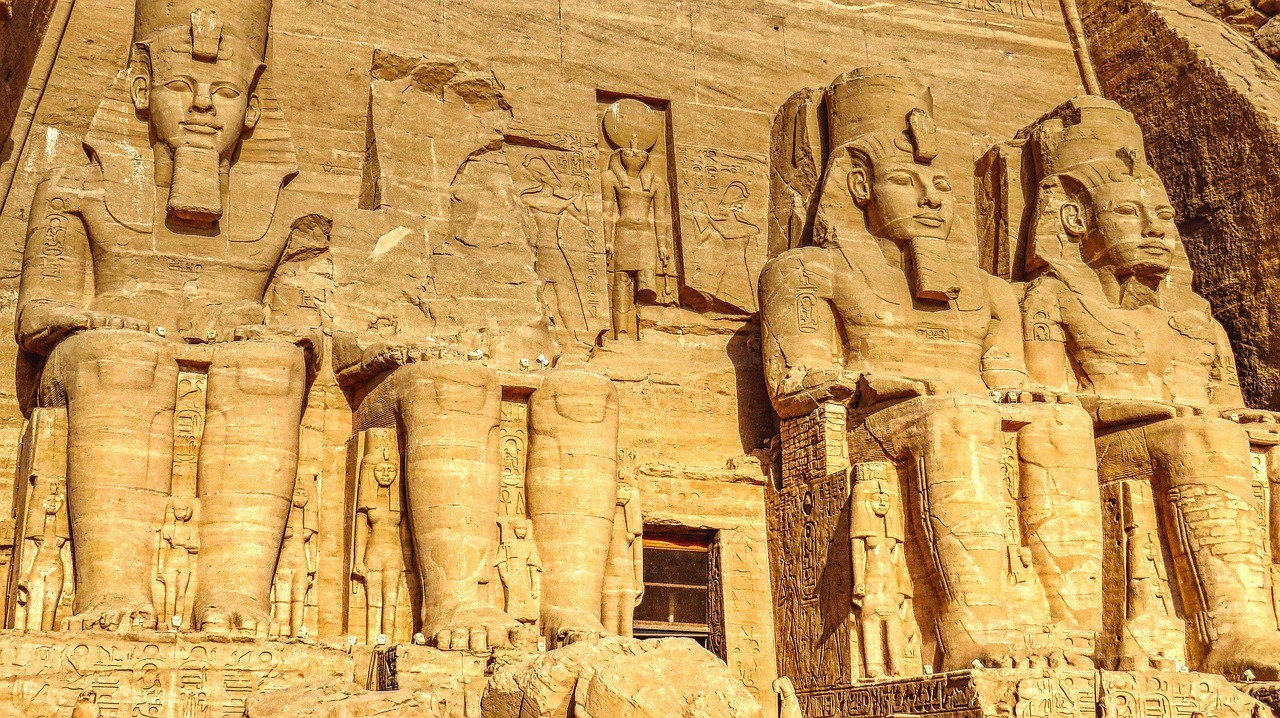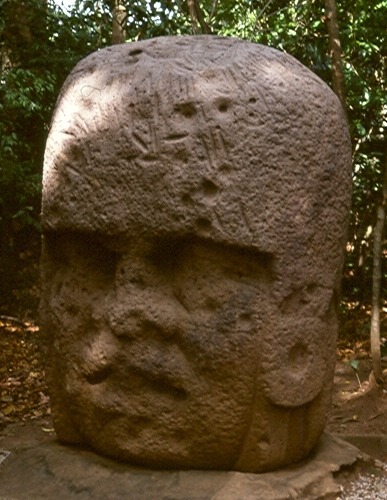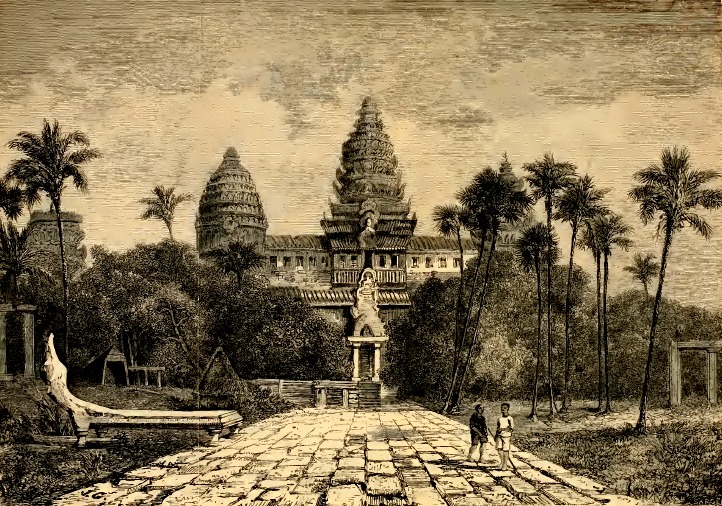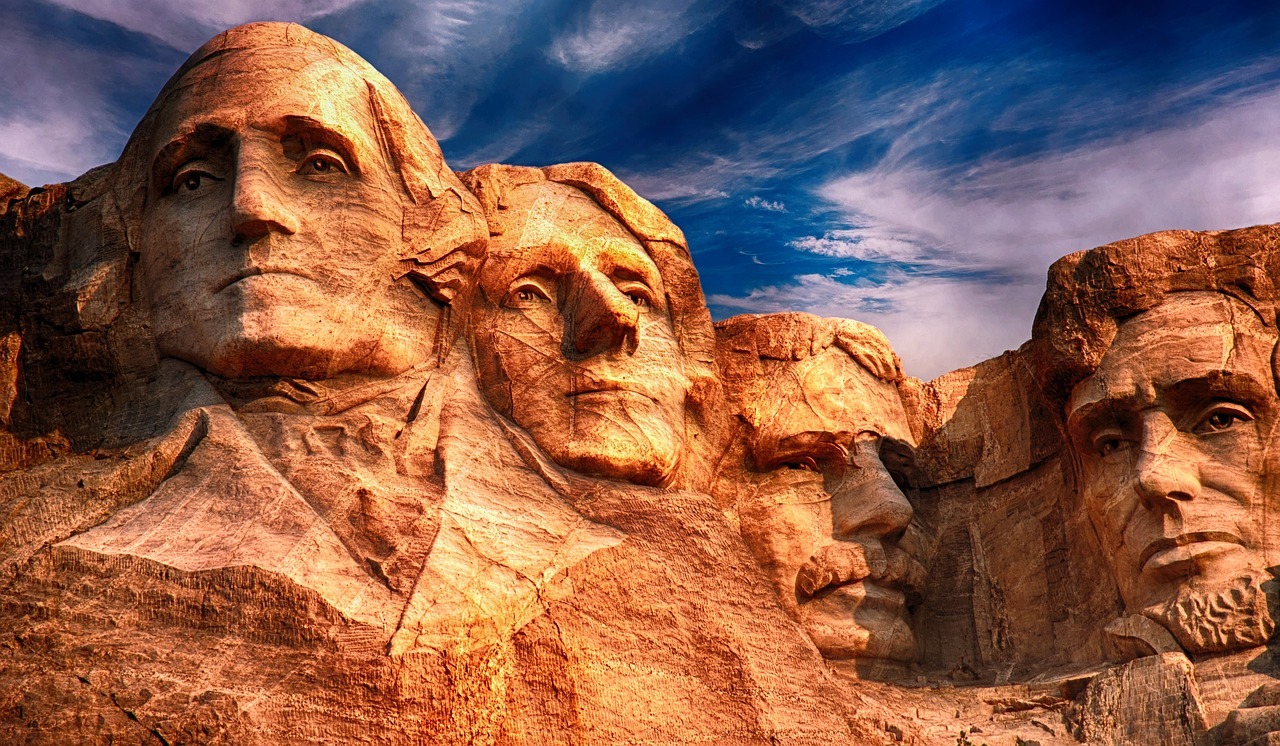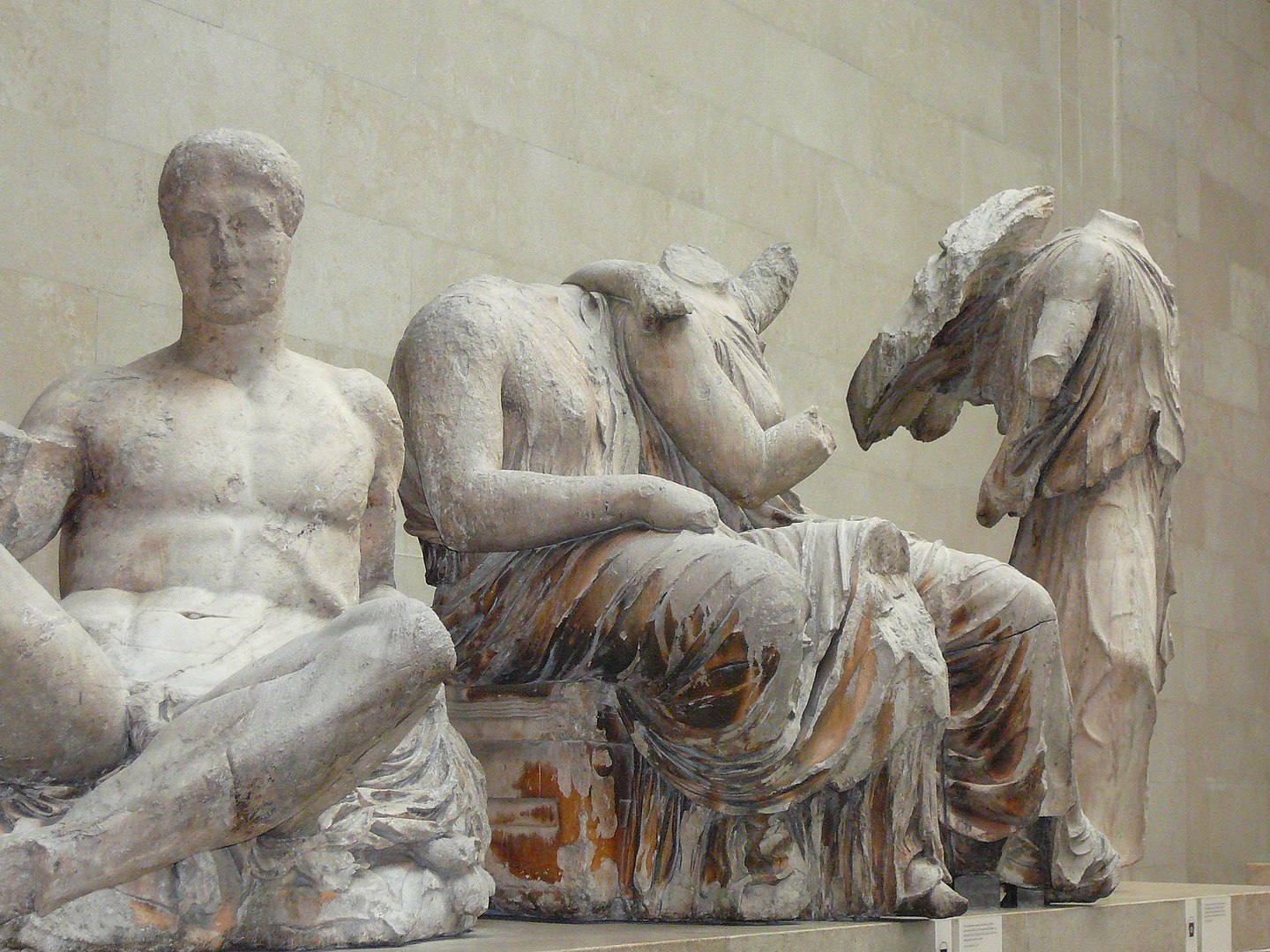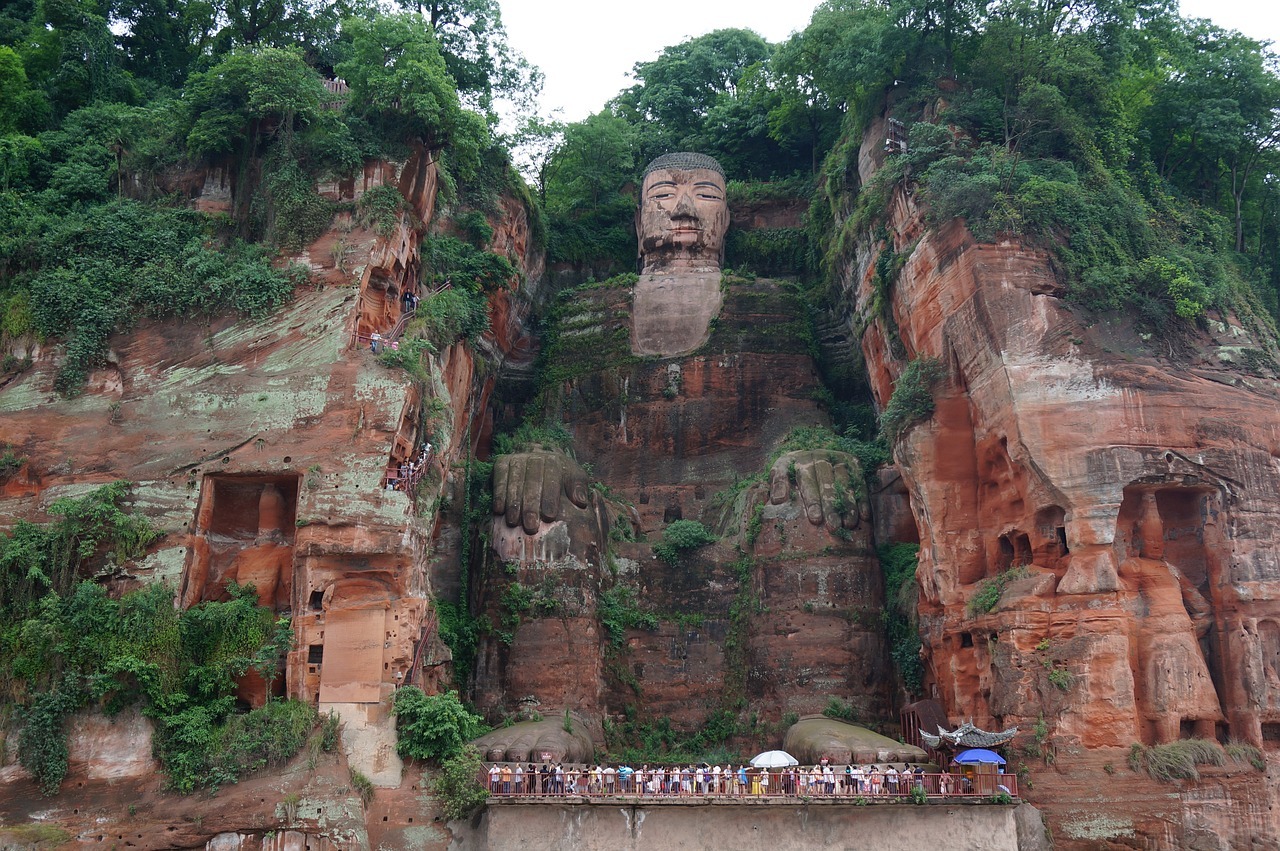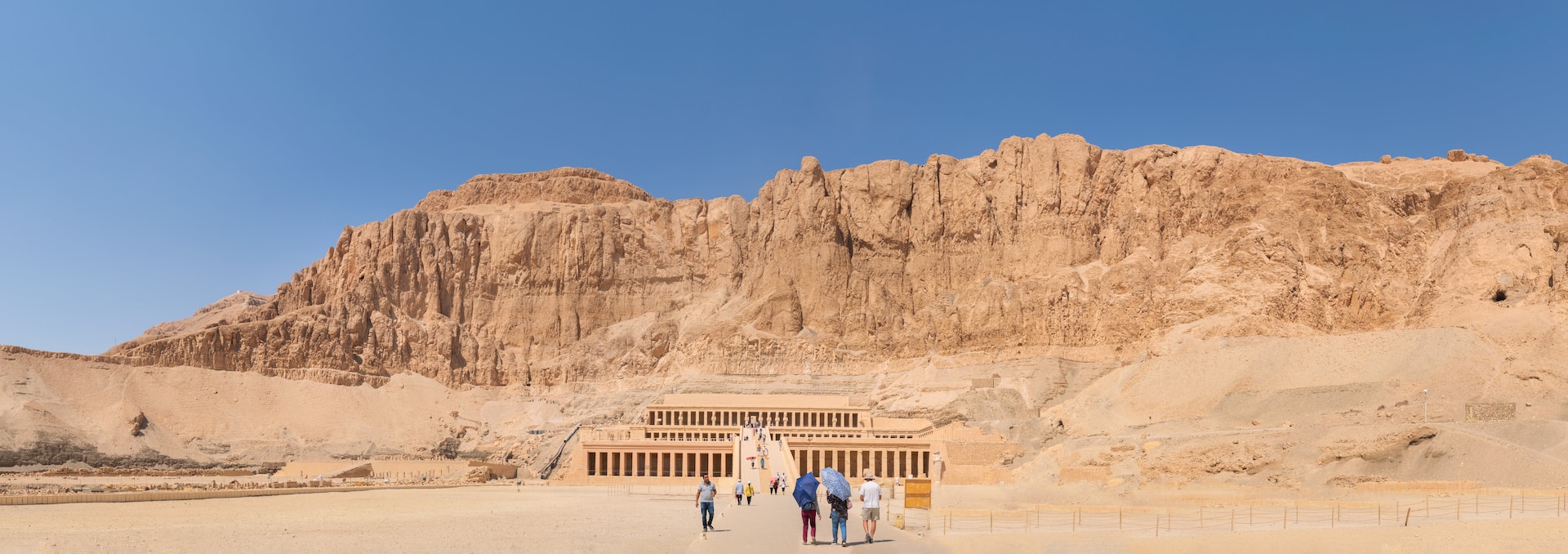Historically, stone has been a preferred medium for monumental art due to its durability and availability. Civilizations across time have chosen this robust material to immortalize their achievements, religious beliefs, and rulers. In doing so, they left behind a legacy etched in stone, a tangible connection to their world. These carvings often provide invaluable insights into the societal structures, religious practices, and daily life of ancient communities, bridging a gap across millennia.
Culturally, monumental stone carvings are significant as they reflect the aesthetic sensibilities, technological advancements, and spiritual ethos of different eras and regions. They are a testament to human creativity and the relentless pursuit of expression and preservation. In many ways, these stone carvings are more than just art; they are cultural landmarks that have withstood the test of time, providing us with a window into the past and continuing to inspire awe and wonder in the present.
Historical Overview of Monumental Carvings
Monumental stone carvings are an enduring legacy of human civilization, offering a fascinating glimpse into our collective past. From the earliest societies to the present day, the evolution of stone carving techniques and styles reveals much about the cultures that created them.
Early Civilizations and the Advent of Stone Carving
The journey of monumental stone carvings began with early civilizations, where stone was used not only for functional purposes like tools and weapons but also for artistic and ceremonial expressions. These early carvings, though rudimentary in technique, were profound in their symbolism and importance.
In ancient Mesopotamia, the Sumerians crafted some of the earliest known stone statues, often representing deities or rulers. These were typically small, but intricately detailed.
The Egyptians took stone carving to grand scales, as evidenced by the Sphinx and the meticulously carved hieroglyphs adorning their temples and pyramids. Their ability to carve on such a monumental scale was indicative of both their sophisticated society and their reverence for the afterlife.
Meanwhile, in the Americas, civilizations like the Olmecs created colossal stone heads, possibly representing rulers or gods, showcasing a different yet equally advanced stone carving tradition.
Evolution of Techniques and Styles Across Different Cultures
As civilizations evolved, so did their stone carving techniques and styles. Each culture brought its unique perspective to this art form, influenced by its social, religious, and political contexts.
The Greeks perfected the art of sculpting figures in stone, achieving a level of realism and proportion that was unrivaled in the ancient world. Their sculptures, ranging from the majestic Parthenon marbles to the countless statues of gods and goddesses, stand testament to their skill.
In India, elaborate stone carvings adorned Hindu temples, with each region developing its distinct style. These carvings depicted a range of subjects, from intricate floral motifs to elaborate scenes from Hindu mythology.
However, the Gothic era in Europe saw stone carving reach new heights with the construction of cathedrals. These religious structures featured detailed statues, gargoyles, and reliefs, each serving a symbolic or functional purpose.
Significant Historical Periods and Their Influence on Stone Carving
Different historical periods have left their mark on the art of stone carving, each reflecting the prevailing cultural and philosophical ethos.
The Renaissance was a time of rediscovery of classical ideals in Europe, leading to a revival of the classical style in stone carving. This period saw artists like Michelangelo create masterpieces that combined technical brilliance with emotional depth.
In contrast, the Industrial Revolution brought about changes in the way stone was carved. The advent of machinery and new tools allowed for more intricate and precise work, although some argued that it took away from the artisanal nature of stone carving.
Throughout history, monumental stone carvings have served as more than just decorative elements; they have been cultural signposts, pointing to the beliefs, values, and aspirations of the societies that created them. These enduring artworks continue to fascinate and inspire, connecting us with our rich and diverse human heritage.
Symbolism and Meanings Embedded in Stone Carvings
Monumental stone carvings, rich in cultural significance, serve as a window into the societies that created them, offering insight into their religious beliefs, societal norms, and historical events. The symbolism embedded in these carvings is often complex and multifaceted. For instance, in ancient societies like Egypt and the Mayan civilization, carvings frequently depicted gods and deities, symbolizing the society’s religious ethos and understanding of the divine. Similarly, in medieval Europe, the Gothic cathedrals adorned with carvings of biblical scenes served as visual narratives of religious stories, particularly important in a time when many were illiterate.
Role of Carvings in Religious, Social, and Political Contexts
The role of these carvings in religious, social, and political contexts cannot be overstated. In religious settings, they often served as objects of worship or as part of ritualistic practices, such as the Hindu temple carvings which are integral to spiritual experiences. Socially, these carvings often marked significant communal places like the Greek agoras or Roman forums, serving as a testament to societal values and achievements. Politically, monumental carvings such as Roman triumphal arches or colossal statues of rulers were potent symbols of authority, intended to command respect and awe.
Famous Examples of Monumental Carvings
Here we will discuss some famous examples of monumental carvings from around the world, each showcasing the artistic prowess and cultural significance of different civilizations:
The Statues of Balbal, Central Asia
These statues, also known as balbals or kurgan stelae, are believed to date back to the 6th to 10th centuries CE, primarily associated with the ancient Turkic peoples. Traditionally, balbals are human-like stone figures, varying in size but often not more than a meter high. They are thought to have been erected as memorial stones over the graves of notable warriors and chieftains. Characterized by their simplistic yet expressive features, some of the statues depict figures holding a cup or a weapon, which symbolizes their status or profession in life.
These carvings provide valuable insights into the funerary practices, social structures, and art of the Turkic peoples. Additionally, the stylistic elements of the statues, such as the depiction of clothing, weapons, and ornaments, offer a glimpse into the daily life and attire of the Turkic nomads. Unfortunately, many of these statues have been lost or damaged due to natural and human factors, yet those that remain continue to be a subject of fascination and study, offering a tangible connection to the nomadic cultures that once thrived across the vast expanses of Central Asia.
The Ellora Caves, India
The Ellora Caves, located in the Aurangabad district of Maharashtra, India, are a breathtaking example of ancient Indian rock-cut architecture. Dating from the 6th to the 10th century CE, this group of 34 caves is an impressive testament to religious harmony, featuring Buddhist, Hindu, and Jain monuments and artwork. The caves are renowned for their monumental sculptures and intricate carvings that are carved directly out of the Charanandri hills.
Among the most notable is Cave 16, also known as the Kailasa Temple, which is a remarkable structure, carved top-down from a single rock and is considered one of the largest monolithic structures in the world.
The architectural prowess displayed in these caves, with their detailed carvings, pillars, and hallways, reflect a high degree of planning, coordination, and execution, achieved with the tools and technology available at the time. The coexistence of three different religious traditions within the same complex is a powerful statement of the pluralistic society that existed in ancient India.
Petra, Jordan
Petra, often described as the ‘rose-red city’ for its distinctive pink-hued rock formations, is a magnificent archaeological site located in southern Jordan. Dating back to as early as the 4th century BC, it was the capital of the Nabataean Kingdom and is renowned for its rock-cut architecture and water conduit system. Petra’s most iconic structure, the Al-Khazneh (The Treasury), carved out of a sandstone rock face, stands as a testament to the Nabataeans’ advanced engineering and artistic skills. This ancient city, nestled amidst rugged desert canyons and mountains, comprises a vast array of temples, tombs, and elaborate structures, intricately carved into the pink sandstone cliffs. The city’s architecture is a unique blend of Nabataean, Greek, and Roman styles, reflecting the cultural interactions of these civilizations.
The Temples of Abu Simbel, Egypt
Built during the reign of Pharaoh Ramses II in the 13th century BC, these temples are a testament to the grandiosity of the New Kingdom of Egypt. The complex comprises two temples: the Great Temple, dedicated to Ramses II himself, and the Small Temple, dedicated to his beloved wife Queen Nefertari and the goddess Hathor. The Great Temple is particularly famous for its colossal facade, featuring four giant seated statues of Ramses II, each over 20 meters high, carved directly out of the mountain.
The walls of the Great Temple are adorned with detailed reliefs depicting Ramses II’s military triumphs, including the famous Battle of Kadesh, reinforcing his image as a great warrior. These carvings not only served to glorify the pharaoh but also to immortalize the events of his reign.
An interesting aspect of the Abu Simbel temples is their alignment; twice a year, on February 22nd and October 22nd, the sun’s rays penetrate the inner sanctuary of the Great Temple, illuminating the statues of Ramses II and two of the three gods seated beside him, leaving only the statue of Ptah, the god of darkness, in the shade. This remarkable phenomenon further adds to the mystique of these ancient wonders.
The Colossal Olmec Heads, Mexico
The Colossal Olmec Heads of Mexico are among the most remarkable and fascinating ancient relics. These massive stone sculptures are thought to be among the oldest large-scale representations of the human figure in the Americas, carved by the Olmec civilization, which existed in the Gulf Coast region of Mexico from roughly 1200 to 400 BC. These heads, which range in height from one to three meters and weigh several tons apiece, are carved from single pieces of basalt, a volcanic rock that was frequently transported from great distances, implying a high level of organization and socioeconomic sophistication within the Olmec culture.
The heads are characterized by their distinctive features – flat noses, broad cheeks, and cleft foreheads, with individualized faces that suggest they may be portraits of powerful Olmec rulers. This distinct facial appearance, combined with helmet-like headgear, has led to much speculation and study regarding their purpose and the identity of those depicted.
Angkor Wat, Cambodia
Built in the early 12th century by King Suryavarman II, this temple complex originally served as a Hindu center of worship dedicated to the god Vishnu, but over time it transformed into a Buddhist site. Spanning over 400 acres, Angkor Wat is the largest religious monument in the world and is renowned for its intricate bas-reliefs and stunning architecture, which reflect the peak of Khmer artistic and construction skills.
The complex’s orientation to the west, a direction typically associated with death in Hindu culture, has led to various interpretations, including the theory that it was intended as a funerary temple for King Suryavarman II. The exquisite carvings and bas-reliefs not only depict religious narratives but also scenes of everyday life, giving insights into the social and cultural world of the Khmer Empire.
Mount Rushmore, USA
Mount Rushmore, located in the Black Hills of South Dakota, USA, is a monumental granite sculpture that stands as a symbol of American history and achievement. Carved into the mountain’s face, the sculpture features the 60-foot-high heads of four United States presidents: George Washington, Thomas Jefferson, Theodore Roosevelt, and Abraham Lincoln. These figures were chosen by the sculptor Gutzon Borglum to represent the nation’s birth, growth, development, and preservation, respectively. Initiated in 1927 and completed in 1941, Mount Rushmore is not only a marvel of artistic endeavor but also a technical masterpiece, considering the scale and tools of the era.
The intricate details in the carving, such as the facial expressions and features, were achieved through a process called “honeycombing”, where workers drilled small holes to remove specific amounts of rock. Today, Mount Rushmore is a national memorial and an iconic representation of American history and values. It attracts over two million visitors annually, serving as a powerful reminder of the country’s past and the leaders who helped shape its destiny.
The Parthenon Marbles, Greece
The Parthenon Marbles, also known as the Elgin Marbles, are a collection of classical Greek marble sculptures that were originally part of the Parthenon and other buildings on the Acropolis of Athens. Crafted in the 5th century BC under the direction of the renowned Athenian sculptor Phidias and his assistants, these sculptures are considered masterpieces of ancient Greek art.
They include statues, friezes, and pediment sculptures that depict various mythological and historical scenes, such as battles between the gods and the giants, the procession of the Panathenaic festival, and scenes from the life of Athena, the patron goddess of Athens. The level of detail and realism in these carvings, from the intricate drapery of the robes to the dynamic movement of the figures, reflects the high point of artistic achievement in the classical era. For more information on the Parthenon Marbles and other Ancient Greek art pieces, you can read our article, Learn About the Most Magnificent Ancient Greek Art Pieces.
The Leshan Giant Buddha, China
The Leshan Giant Buddha is a monumental statue carved into the cliff face of Lingyun Mountain in Sichuan Province, China, overlooking the confluence of three major rivers. At a startling height of 71 meters (233 feet), it is the tallest stone Buddha in the world. It was completed in the year 803 during the Tang Dynasty. The project was initiated by a Chinese monk named Hai Tong, who hoped that the Buddha would calm the turbulent waters that plagued the shipping vessels traveling down the river. The statue’s creation took almost nine decades to finish, demonstrating the commitment and technical skill of the artisans involved.
The statue is intricately carved with flowing robes and a serene expression, showcasing the skillful artistry of the carvers of the Tang Dynasty. Its enormous ears, which are 7 meters long, and its massive feet, large enough to accommodate seated visitors, are striking features that leave a lasting impression on visitors. The Buddha’s coiled hair is composed of 1,021 buns, each skillfully carved out of the stone. An ingenious drainage system was also incorporated into the design to prevent erosion. This system, comprising hidden gutters and channels throughout the statue’s hair, collar, chest, and the back of its ears, has been crucial in preserving this monumental sculpture for over a millennium.
The Valley of the Kings
One of the most important archaeological sites in the world is the Valley of the Kings, which is situated in Egypt close to Luxor on the west bank of the Nile River. Known as the New Kingdom, this old burial site was in use for almost 500 years, from the 16th to the 11th century BC. It is the final resting place of many pharaohs and powerful nobles, including some of the most famous Egyptian rulers such as Tutankhamun, Seti I, and Ramses II.
The Valley comprises over 60 tombs, each carved deep into the desert rock, richly decorated, and filled with treasures for the afterlife. Unlike the grand pyramids of the earlier Old Kingdom, the tombs in the Valley of the Kings were constructed to be less conspicuous, an attempt to safeguard against tomb robbers.
The stone walls of the tombs in the Valley are covered with detailed bas-reliefs and hieroglyphics, meticulously carved and then painted. These carvings depict a variety of scenes and inscriptions, most of which are related to the afterlife.
One of the most distinctive features of these carvings is their vivid portrayal of the journey that the kings were believed to undertake after death. This includes scenes depicting the weighing of the heart, in which the deceased’s heart is evaluated to see if it is worthy of the hereafter by comparing it to the feather of Ma’at (truth and justice). The many difficulties and hardships the kings would experience, as well as the gods and goddesses they would meet, are also shown.
Final Words
From the mysterious figures of the Colossal Olmec Heads in Mexico to the spiritual grandeur of Angkor Wat in Cambodia, and from the breathtaking scale of the Leshan Giant Buddha in China to the historical depths of the Valley of the Kings in Egypt, these monumental stone carvings from around the world reveals a shared human impulse to express and immortalize our existence, beliefs, and achievements.
As we continue to study and preserve these invaluable cultural and historical treasures, they remain as testaments to the depth and richness of human history and our unending pursuit of artistic and spiritual fulfillment.
